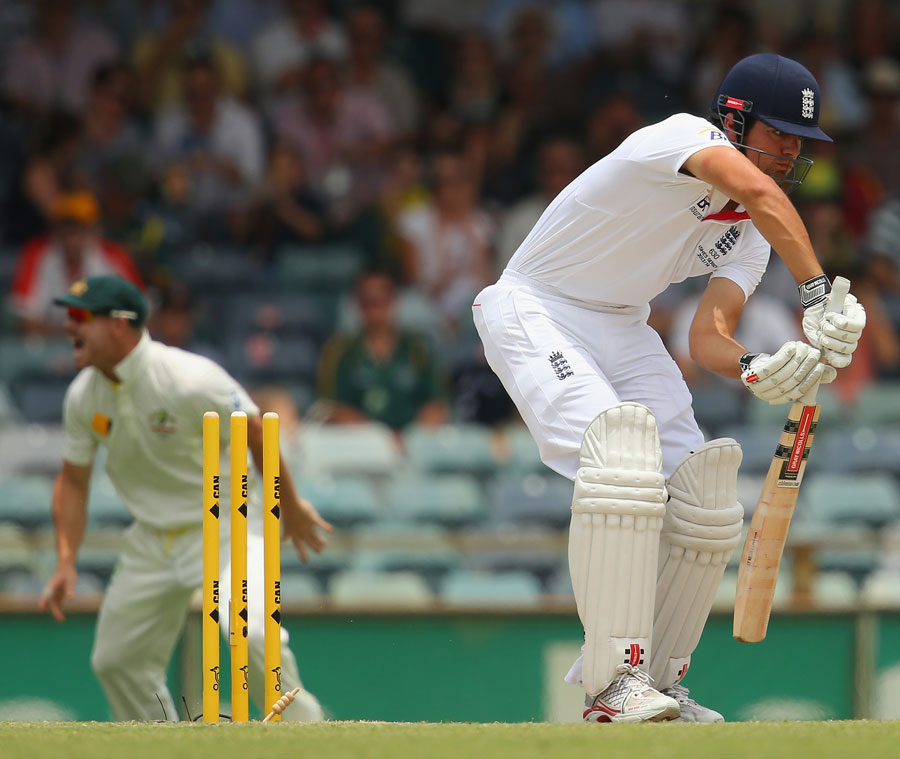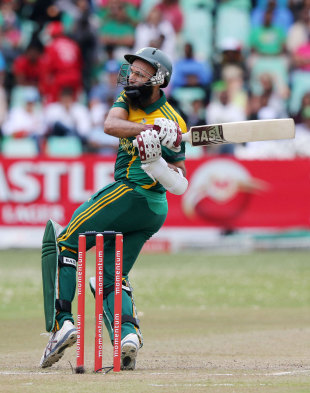
Sanjay Manjrekar (File)
Five months after he was removed from the BCCI commentary panel, former cricketer Sanjay Manjrekar has written to Board president Sourav Ganguly and other members of the Apex Council explaining his position and offering to apologise “if I have offended anyone.”
Manjrekar stated that he would be “happy to apologise” and that the sacking has “shaken my confidence” and was a “big jolt”. In this communication accessed by The Indian Express, Manjrekar noted that he was told by a BCCI official on phone that he was sacked because “some players had an issue with me as a commentator”.
The mail was a precursor to another letter the former batsman wrote to Board officials requesting his reinstatement in the commentary panel for the upcoming edition of the Indian Premier League – most likely to be held in the United Arab Emirates – and promising to abide by the regulations set by the BCCI.
“You are already in receipt of the email I sent to explain my position as commentator. With the IPL dates announced, bcci.tv will pick its commentary panel soon. I will be happy to work as per the guidelines laid by you. After all, we are working on what is essentially your production. Last time, maybe there was not enough clarity on this issue,” he wrote.
It has been speculated that Manjrekar was removed from the panel as a result of his comment calling Ravindra Jadeja a “bits-and-pieces player” during last year’s ODI World Cup and the subsequent reactions from fans and the player himself were an important trigger in him losing his job.
On July 3 last year, Jadeja had tweeted his ire at Manjrekar’s comments: “Still, I have played twice the number of matches you have played and I am still playing. Learn to respect ppl who have achieved. I have heard enough of your verbal diarrhea @Sanjaymanjrekar”.
After his half-century in the World Cup semi-final against New Zealand, Jadeja had gesticulated angrily towards the commentary studio. The official Twitter handle of the ICC posted a video of a post-match discussion involving Manjrekar. “By bits and by pieces, he just ripped me apart today. Bits of pieces of sheer brilliance, he proved me all wrong,” he had said that day.
In his first mail to Board officials, Manjrekar also flagged the perils of being a commentator in these times. “If we are not seen praising the iconic players all the time, the fans of those players tend to assume that we are antagonistic towards the players they worship … Anyone who has followed my career as a commentator would know that I have no malicious agenda against anyone and that my opinions come from a very pure place that I hold sacred. It’s cricket we are talking about, a sport that’s given me and my father so much,” Manjrekar stated. “I was greatly hurt! Especially because this came as a real shock!” he added.
Manjrekar reiterated his willingness to apologise. “So, really, this sacking for whatever reason, has shaken my confidence as a professional. If unwittingly, I have offended anyone I would be happy to apologise to the concerned party.”
Manjrekar also brought up the Jadeja issue in great detail in his email to the Apex Council, attaching an audio file of his comments. “You will see how benign it is when you hear it in right context”. He also wrote, “The player concerned obviously misunderstood this or was perhaps misinformed. By the way, the player and I have since privately made peace over this issue.”
He stated that the comment was not made during commentary but in an interview. “Please note this comment was not made by me on Twitter or in commentary, it was in an audio interview to a news agency… that got blown out of proportion. It was made as a part of a long media interview but unfortunately was made into an eye-catching headline by just one website and the player reacted sharply to it on Twitter. This got the issue the traction it did not deserve. ‘Bits-and-pieces’ is a cricketing term commonly used for cricketers who are non-specialists. It is regularly used by commentators to describe certain players and it’s never considered to be demeaning.”
In his email, Manjrekar listed out his standing as a commentator until he was “suddenly not found good enough”. “Until this moment I had been the leading commentator on the BCCI panel for many years fulfilling some of the biggest responsibilities there are in live broadcasting: lead commentator, post-match awards presenter, hosting the toss, doing player interviews and yes, impromptu BCCI functions on ground too. I am also one of the first Indian commentators that gets rostered for the World Cups by the ICC. I did my job with great pride and a 100 per cent commitment and suddenly not found to be good enough to be in the panel was a big jolt.”
Excerpts from Manjrekar’s email to BCCI
Dear esteemed members of the Apex Council,
In February 2020, completely out of the blue, I was told by Dev Shriyan, the head of production, BCCI Tv, that I was being removed from the commentary panel.
I have publicly maintained that — “the BCCI are my employers and they have every right to either have me or not, in their commentary panel. I have never considered being on a commentary panel an entitlement.”
But here, amongst a small circle of important stakeholders of Indian cricket, friends and colleagues, please allow me to open my heart.
I was greatly hurt! Especially because this came as a real shock!
I did my job with great pride and a 100 percent commitment and suddenly not found to be good enough to be in the panel was a big jolt.
Later I was told on phone by a senior office bearer that some players had an issue with me as a commentator . Now here is where our job gets a bit tricky.
If we are not seen praising the iconic players all the time, the fans of those players tend to assume that we are antagonistic towards the players they worship. That’s the professional hazard we have to live with doing our job. Anyone who has followed my career as a commentator would know that I have no malicious agenda against anyone and that my opinions come from a very pure place that I hold sacred. It’s cricket we are talking about, a sport that’s given me and my father so much.
My comments and opinions could be wrong, but they are never personal, derogatory or borne out of prejudice or cunning design, I am only biased towards excellence in performances, whether it’s a team or a player.
Now, let’s take the ‘ bits and pieces’ comment that got blown out of proportion during the last World Cup.
‘Bits and pieces’ is a cricketing term commonly used for cricketers who are non-specialists. It is regularly used by commentators to describe certain players and it’s never considered to be demeaning.
The player concerned obviously misunderstood this or was perhaps misinformed. By the way, the player and I have since privately made peace over this issue.
So, really, this sacking for whatever reason, has shaken my confidence as a professional. If unwittingly, I have offended anyone I would be happy to apologise to the concerned party.
Regards,
Sanjay

